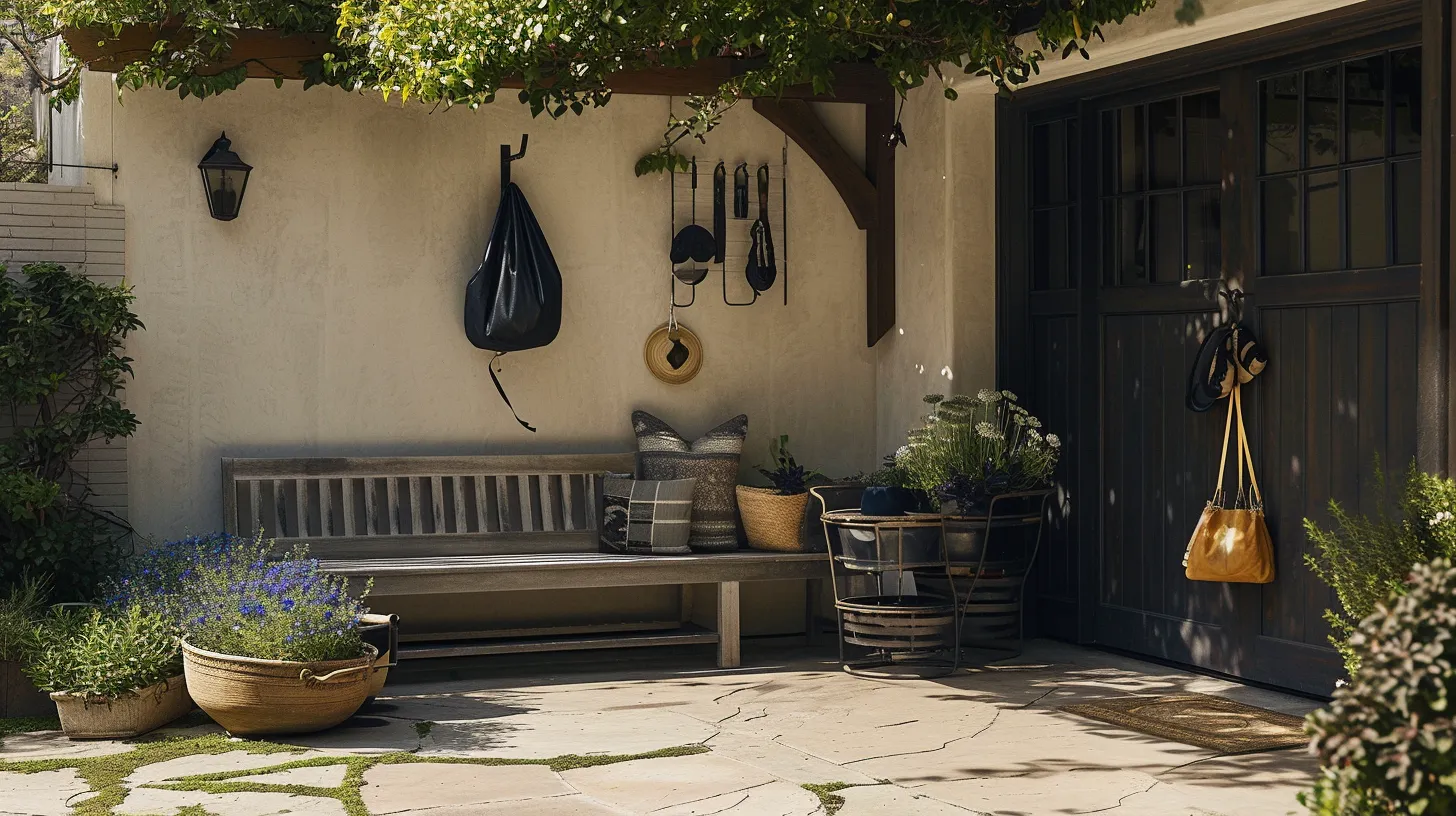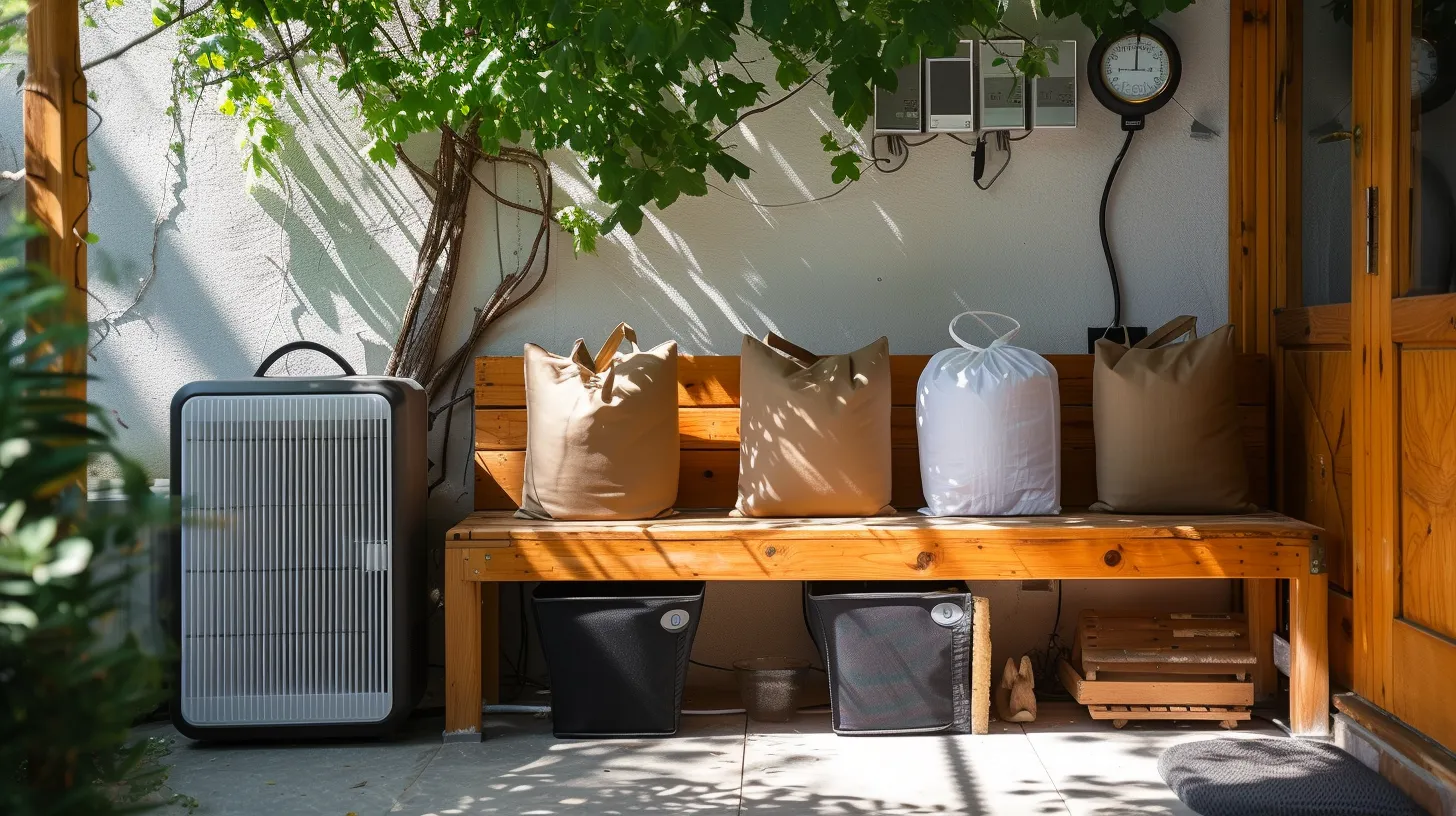As the seasons transition and outdoor living spaces see less use, the proper storage of patio cushions becomes an essential task for maintaining their longevity and aesthetic appeal. While the summary process of cleaning, drying, and selecting an appropriate storage location seems straightforward, nuances in material composition and local climatic conditions introduce complexities that demand a more nuanced approach.
For instance, the specific cleaning instructions tailored to the fabric of your cushions are critical to prevent damage during the cleaning process. Furthermore, the choice between various storage solutions—ranging from fabric storage bags to climate-controlled environments—can significantly impact the preservation of your cushions.
In this context, understanding the intricacies of these steps not only ensures the protection of your investment but also prepares you for a seamless transition into the next season of outdoor enjoyment. This discussion aims to explore these aspects in greater detail, providing insights into optimizing the storage process for patio cushions, and invites further exploration into the subtleties that can make a substantial difference in their care.
Timing Your Cushion Storage
Determining the optimal time to store your patio cushions is crucial for protecting them from adverse weather conditions and prolonging their lifespan. The timing of cushion storage plays a pivotal role in maintaining the quality and ensuring that your patio cushions remain in great condition.
Typically, the need to store your cushions arises with the change of seasons, particularly as summer transitions to fall and winter months approach. This period marks an increased likelihood of harsh weather conditions that could potentially damage your outdoor furnishings.
To effectively store your cushions, it's essential to monitor the weather forecasts and preemptively decide on storing your outdoor cushions before the onset of continuous rain, snow, or extreme cold. This proactive approach not only safeguards the fabric and filling of the cushions from moisture and mold but also prevents the fading and wear that can occur from prolonged exposure to the elements.
Cleaning Before Storing

Before placing patio cushions into storage, it is imperative to thoroughly clean them to prevent any dirt or stains from becoming permanent during the storage period. Cleaning before storing not only maintains the cushions' aesthetic appeal but also ensures their longevity.
For an effective cleaning process, follow these steps:
-
Spot Clean Stains: Begin by addressing any specific stains on the cushions. Using a solution of mild soap and warm water, gently spot clean the affected areas. This pre-treatment helps in breaking down the stains without harming the fabric.
-
Wash with Soap and Water: After spot treating, use the same soap and warm water mixture to clean the entire surface of the cushions. This step ensures that no part of the cushion harbors dirt or debris. It's crucial for protecting cushions from damage during long-term storage.
-
Rinse and Dry: Rinse the cushions thoroughly with a hose to remove any soap residue. Allow them to air dry completely in a well-ventilated area. Ensuring the cushions dry completely is vital in preventing mold and mildew growth, which can deteriorate the fabric over time.
Storing cushions in a dry, clean state is key to their preservation. Proper cleaning before storing safeguards the quality of Clean Outdoor Furniture, ensuring that your patio remains a welcoming space for years to come.
Selecting Storage Locations

Having thoroughly cleaned your patio cushions, the next critical step is to identify an optimal location for their storage to ensure their condition is preserved. A dry, cool, and well-ventilated area is essential to prevent mold and mildew growth, thus maintaining the integrity of your patio set. Temperature-controlled environments such as a shed or garage, finished basements, or storage sheds are highly recommended for long-term storage.
To further protect your cushions, it's advisable to keep them off the ground on shelves, racks, or pallets to avoid moisture damage. Additionally, using fabric storage bags or furniture covers made from breathable materials can provide ideal long-term storage. For those seeking a more convenient storage option, plastic bins with lids offer an excellent solution to keep dust and pests at bay while keeping cushions away from direct sunlight.
To add depth, consider the following storage options:
| Storage Option | Location Advantage | Protection Level | |-----------------|---------------------|-------------------| | Storage Shed | Away from direct sunlight, well-ventilated | High | | Deck Boxes | Convenient, blends with outdoor decor | Medium | | Bins in a Garage | Dust and pest protection, easy to stack | High |
Selecting the right storage space and method will significantly protect your cushions and extend their lifespan.
Choosing Storage Containers

When selecting storage containers for patio cushions, it's crucial to consider factors such as size, water resistance, material durability, and ease of access to ensure optimal protection and convenience. The right container for your outdoor cushions can significantly extend their life and maintain their appearance. Given the variety of options available, pinpointing the ideal solution requires a thoughtful approach.
-
Size Matters: Choose containers that provide ample space for your cushions without cramming them. Adequate space not only prevents damage but also makes it easier to store and retrieve the cushions when needed.
-
Protection from the Elements: Opt for waterproof or water-resistant containers to safeguard your patio cushions against moisture and outdoor weather conditions. Storage options like plastic bins, storage bags, and airtight containers are excellent choices for keeping your cushions dry and clean.
-
Durability and Security: Select storage boxes made from sturdy materials that offer long-term protection. Containers with lids and secure closures are essential to protect against dust, pests, and debris. Additionally, easy-to-access storage solutions ensure convenience in retrieving or storing your cushions, making the process hassle-free.
Maintaining Ideal Conditions

Ensuring the longevity and aesthetic appeal of patio cushions requires storing them under ideal conditions that mitigate the risks of moisture and temperature-related damage.
Storing outdoor cushions before the onset of the first frost is essential to protect them from the adverse effects of moisture and extreme temperature fluctuations. Similarly, removing cushions from outdoor spaces during harsh winters can significantly extend their life, safeguarding them against potential damage.
Identifying a dry, cool, and well-ventilated area for storage is crucial. Whether it's a shed, garage, or a weatherproof deck storage unit, the chosen storage solution should facilitate air circulation to prevent dampness and mold growth. Opting for fabric storage bags or furniture covers made from breathable materials further enhances protection, ensuring cushions remain dry and in pristine condition.
Moreover, maintenance routines such as regularly brushing off dust and pests, and cleaning stains with a mild detergent and water before storage, are indispensable. These practices not only preserve the fabric's integrity but also keep cushions ready for use when favorable weather returns, contributing to an inviting and comfortable outdoor space regardless of inclement weather conditions.









